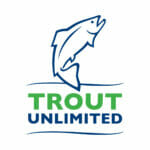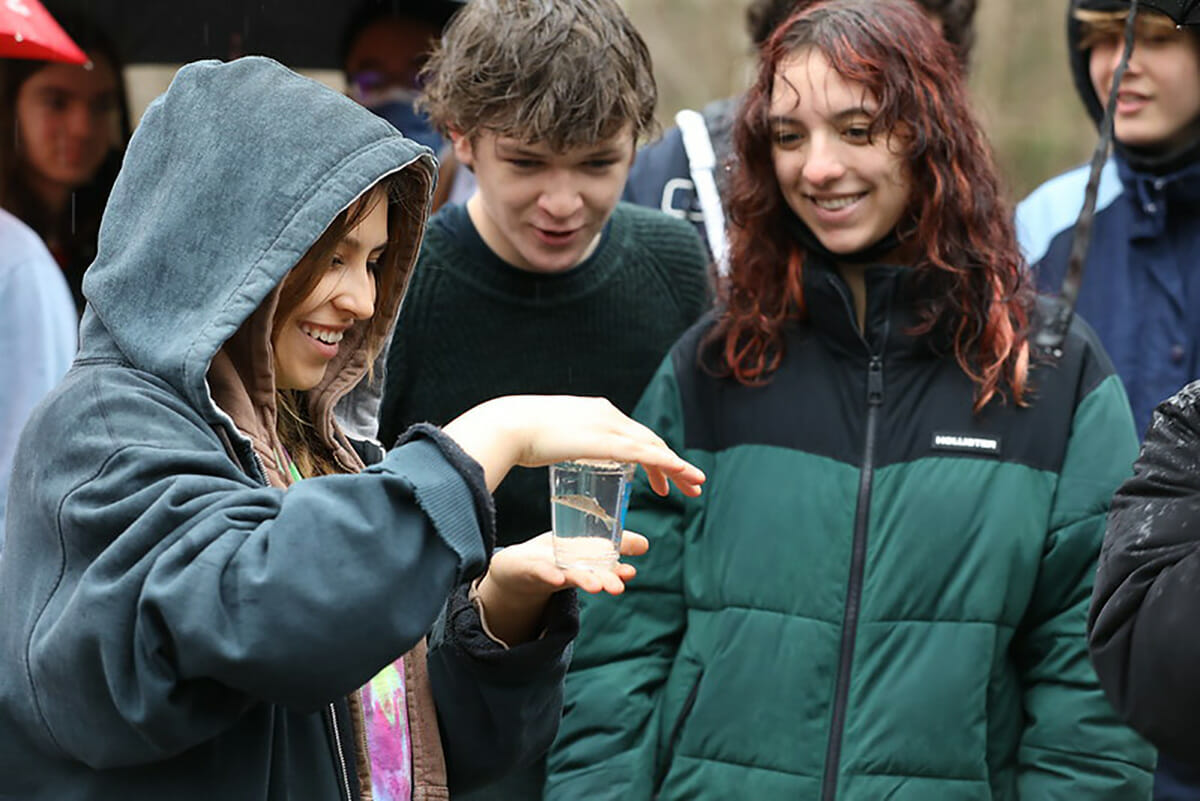Over this past school year, Brooklyn Technical High School juniors and seniors had a special opportunity to engage with their environment in a unique manner.
Dr. Margarita introduced Trout in the Classroom (TIC), a Trout Unlimited program that uses the life cycle and habits of trout to teach the importance of cold, clean water to our community watersheds. Her AP environmental science students adopted the program with great enthusiasm.
After the tank, chiller and other necessities were installed, the classes dropped in the trout eggs and then watched them grow from alevin to fry. Once the fish were large enough, students released them in nearby waters. Two of Dr. Margarita’s students–Crystal Zheng and Shaira Nasser–answer questions about the program and encourage other classes to take on and learn from Trout in the Classroom.
Q: What was your favorite part of TIC?
CZ: My favorite part of TIC was watching the trout come to the surface to feed and how they never let any of the food go to waste. Each trout takes a bite from the surface and immediately swims down for others to take a bite, which I found very adorable.
SN: Being able to witness the trout’s whole life cycle from egg to their mature age of being released is definitely a memory etched in my brain. I never imagined seeing the transformation and how quickly they grew. They were almost microscopic, but in the blink of an eye they were the size of our pinky finger with their glistening colorful scales. I learned so much: from the terms in each phase of their life cycle to the different benefits each phase provides for them, like the yolk sac being a food source or how only 5% of the young trout survive!
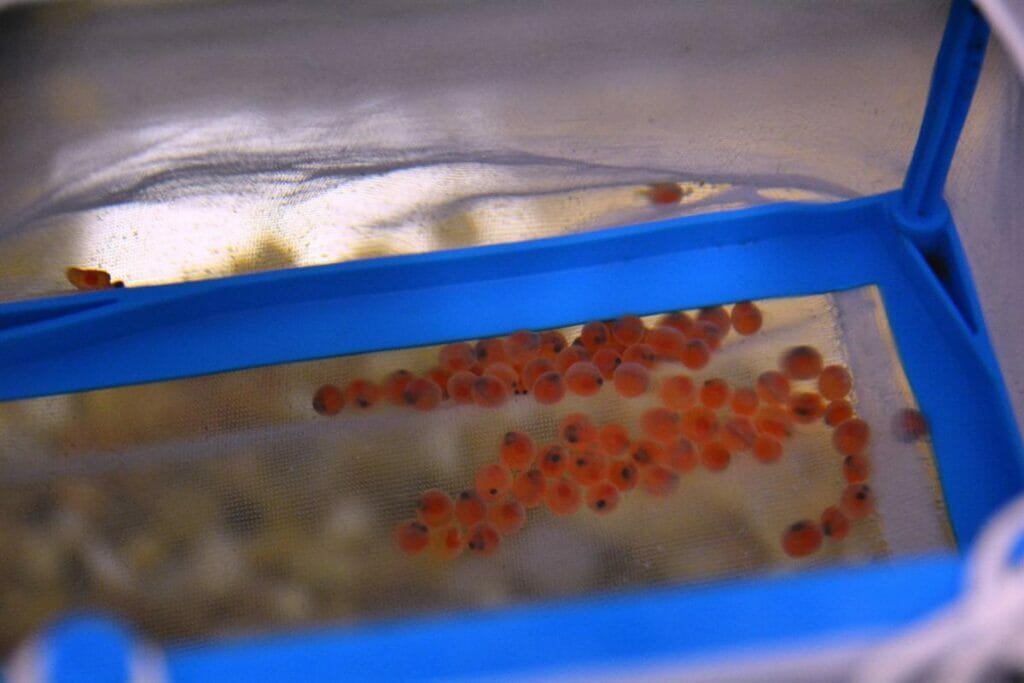
Q: Did you have a specific job to take care of the eggs/fry/fish in your classroom?
CZ: I helped feed the fish, conducted water tests to make sure the water is safe for the trout and also removed the trout that unfortunately didn’t survive to prevent a spike in ammonia.
SN: I, like many other students, was part of group lab sessions assigned to a specific test. For example, two groups would test for dissolved oxygen, while two other groups would test for the ammonia levels. By having two groups do the same test, it ensured the result was correct.
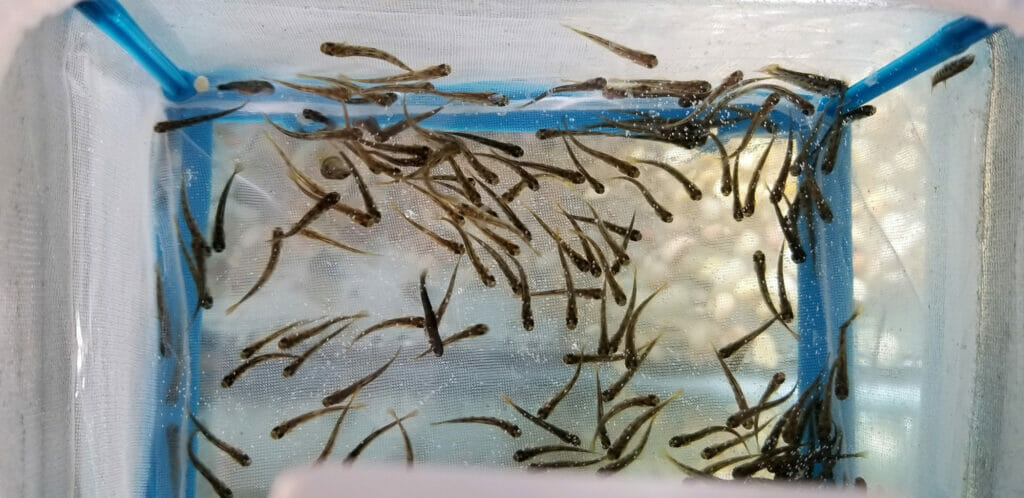
Q: What is your favorite trout fact or story about your classroom’s trout?
CZ: My favorite story about the trout was when the bigger fish started eating the smaller ones. I saw with my eyes one of the larger trout with a fish in its mouth and I was shocked! We had noticed that many of the largest trout were eating the smaller ones, so we quarantined them. To this day, I still have no idea why they just started eating each other, especially since I fed them constantly.
SN: My favorite story was for sure how at one point the fish began to eat each other! A classmate and my teacher were able to quarantine the fish who were eating their fellow trout friends. I have heard of goldfish and betta fish having cannibalistic tendencies, but it was so bizarre to think they were capable of this as well. I remember my classmate telling me how she saw one fish have the remains of the other fish sticking out of their mouth (or at least something along these lines). Thankfully, the quarantined fish stopped eating their brethren when they were released back in the tank with the others. Time out works for trout, too, I guess!
Q: Did you tell friends or family about TIC? What was their reaction?
CZ: I did tell my friends and family about my lab raising trout and they were all surprised! My friends all told me that it sounds so fun, and my parents were happy that I was able to have this experience!
SN: Of course! I let them know how we received trout eggs and were going to release them around springtime. They were so surprised to know we got this opportunity and thought how cool and different it must have been to raise them right in our school building. I showed my siblings pictures of the newly hatched trout, which they couldn’t believe the amount we had and the size they were.
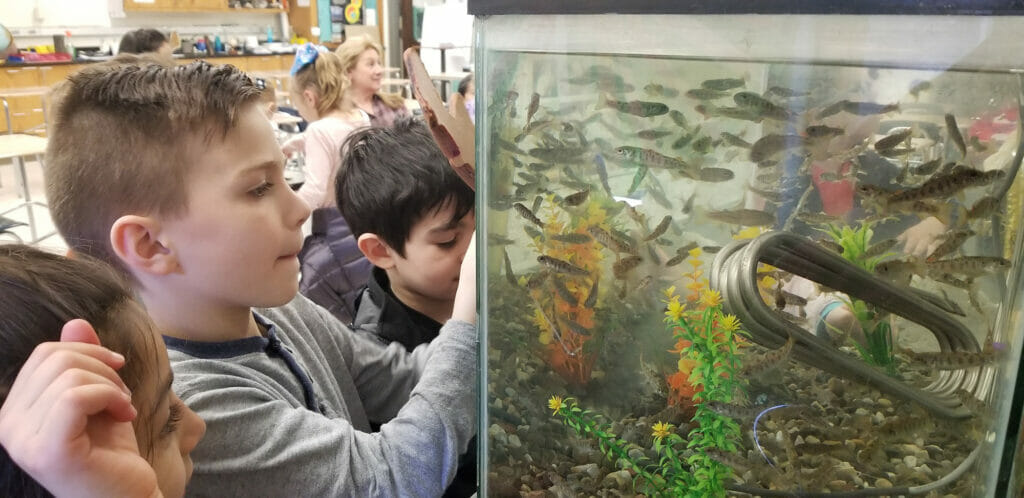
Q: How are trout interrelated with our water system and dependent on healthy water like us?
CZ: The trout keep the macroinvertebrate population in check thus maintaining a delicate ecosystem to collectively keep the water healthy for all creatures to reside in. Their waste also feeds the plants in the water, which helps draw dangerous chemicals and heavy metals away from the water.
SN: Trout are both indicator and keystone species, meaning their presence is a good sign of the water system’s condition and help balance predator/prey relationships. If the water proves to be polluted with excess nutrients, temperatures are too high, or the available oxygen is low, the trout will not be able to survive. We can’t survive without water for three days; and for trout, water, more specifically clean water, is vital for them every day.
Q: What do you think about the fact that trout swim in the same water we drink?
CZ: I think it’s fascinating because I know that they are doing their part in keeping the water clean not only for themselves but for us as humans to be able to drink!
SN: If anything, I feel safer knowing we have an indicator species in our drinking water as it shows the water is clean if it’s able to sustain the conditions they need.
Q: How did you feel when you released the trout?
CZ: I felt happy that they now have a larger place to explore and swim, but I also hope that I have trained them well to survive.
SN: It felt bittersweet to see them swim away in the water. I was happy to know they’re now going to experience a bigger more natural environment but worried if they would be able to grow to a mature age.
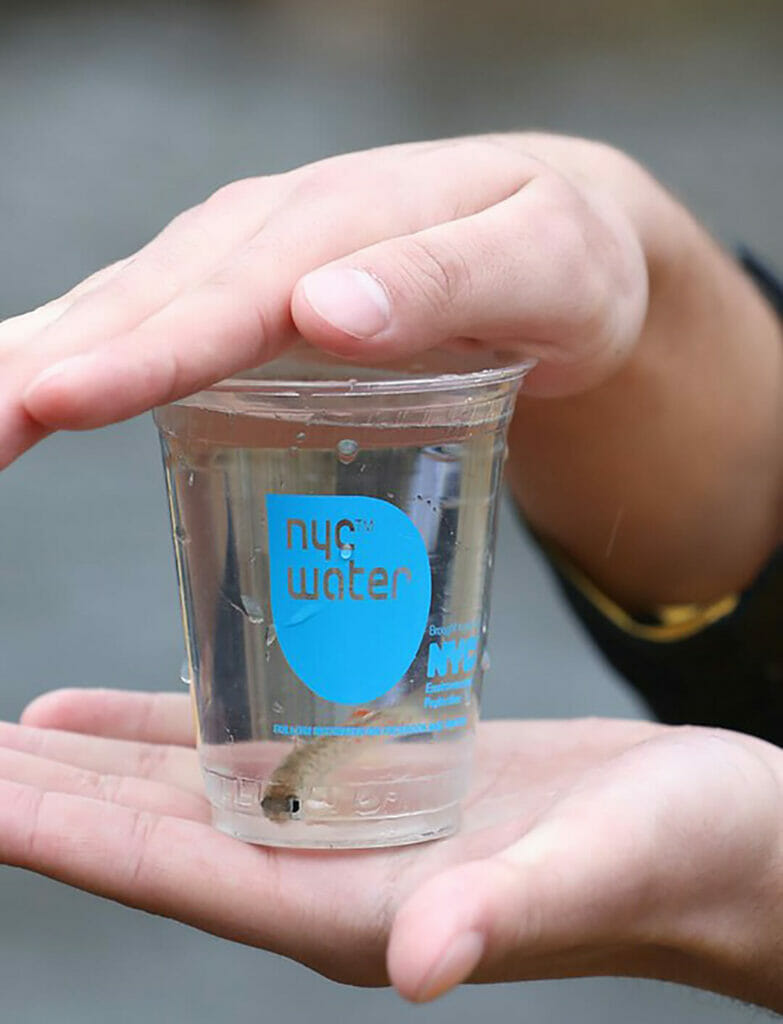
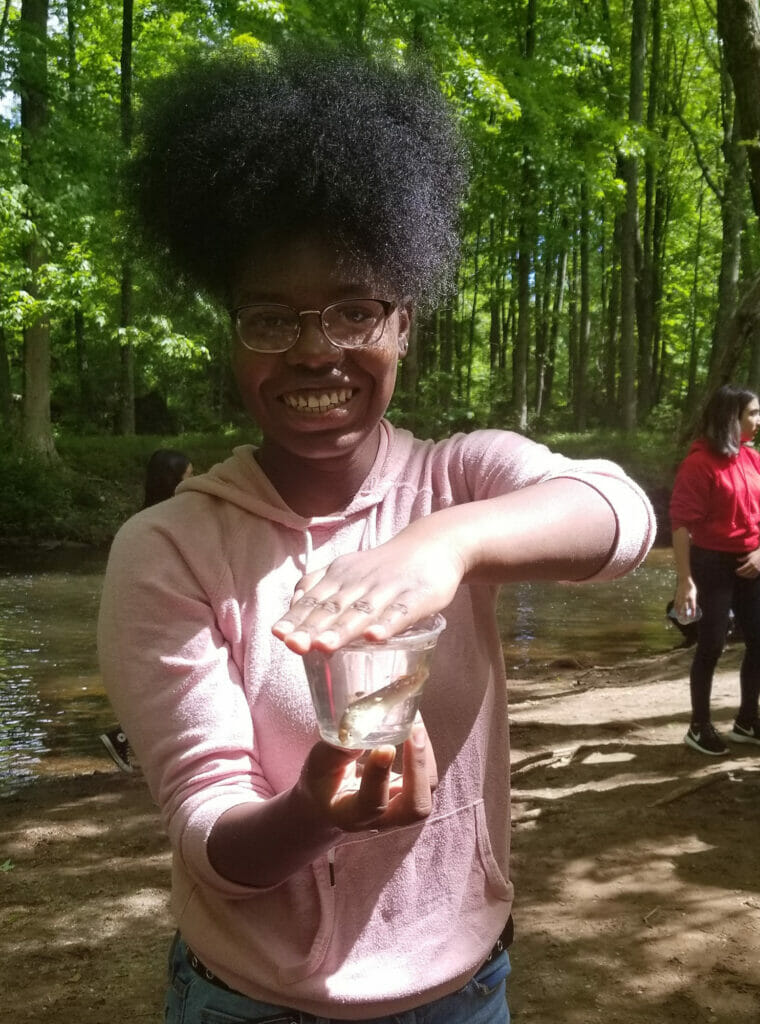
Q: What was the biggest lesson you learned from raising your trout? Was there anything that surprised you?
CZ: The biggest lesson I learned was that things will happen that cause the trout to pass away. So, the prevention focus is on those still swimming. What surprised me was that the trout were resilient when it came to somewhat high ammonia levels and rarely high nitrate levels despite the trout being a fish that doesn’t have a wide tolerance range.
SN: I learned how exact and important it is to make sure the trouts’ water is in perfect condition. By keeping track of any dips in oxygen levels or temperatures, we needed to continuously monitor the tank as a way to guarantee the majority of the fish would be released during the trip. There was a time when the cooler that kept the water cool broke down, and our teacher had to freeze water to keep the tank at a stable low temperature. This also emphasized how important it is to know how to adapt and be resourceful in times of difficulty. The trout would most likely not have been able to survive if they were in a natural habitat with hot conditions; the hotter the water, the less dissolved oxygen for trout to breathe. However, with our teacher’s quick thinking they were given another shot at life!
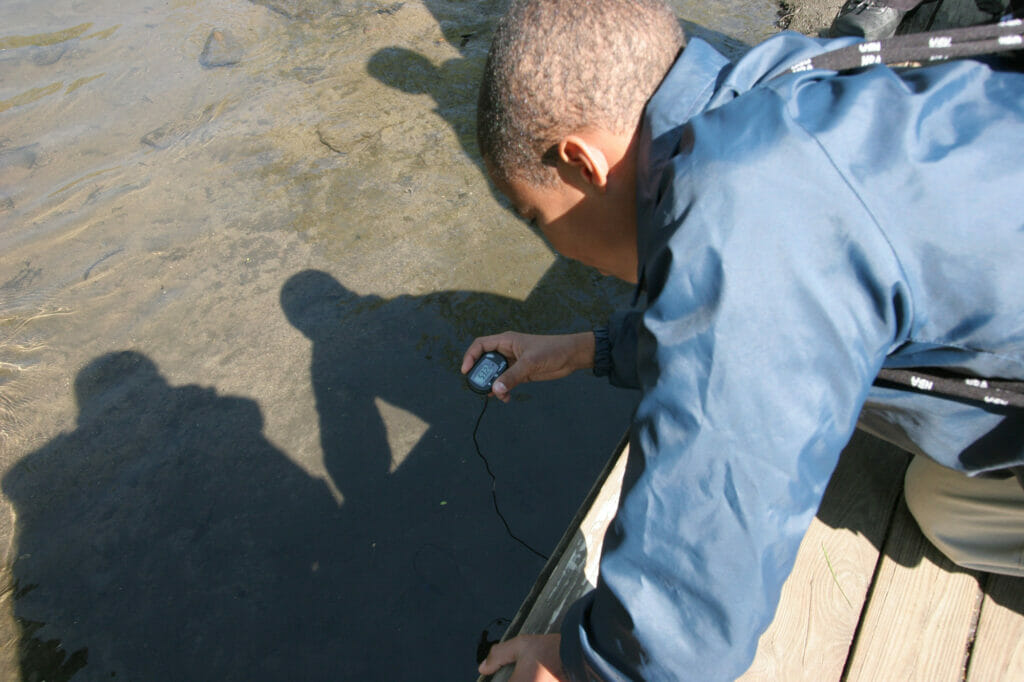
Q: What will you tell someone about this program in ten years?
SN: In ten years, I hope we’re able to stop climate change from happening as quickly as it is now. Yet, seeing as how global warming is currently taking a toll on our waterways and the ecosystems depending on these waterways, I would inform them how important it is to be able to raise the trout from a young age as they’re more susceptible to water pollution. Through the program, we’re helping jumpstart their life cycle in a controlled environment, which will in turn bring the chances of their survival higher.
Students across the country participated in Trout in the Classroom during the past school year. With many educational opportunities around this program, students from kindergarten through high school learned the value of clean, healthy, cold water for trout and humans.
Here is more about Trout Unlimited’s Headwaters youth education program and Trout in the Classroom.


